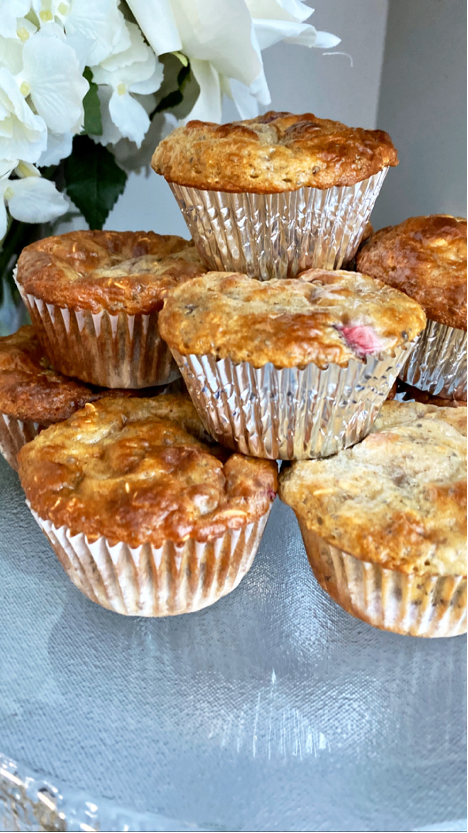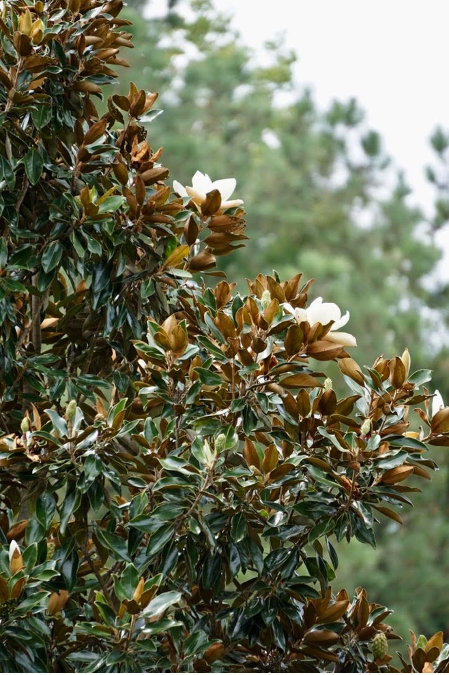Home Insteading With Cooperative Extension (Week 38)
go.ncsu.edu/readext?758095
en Español / em Português
El inglés es el idioma de control de esta página. En la medida en que haya algún conflicto entre la traducción al inglés y la traducción, el inglés prevalece.
Al hacer clic en el enlace de traducción se activa un servicio de traducción gratuito para convertir la página al español. Al igual que con cualquier traducción por Internet, la conversión no es sensible al contexto y puede que no traduzca el texto en su significado original. NC State Extension no garantiza la exactitud del texto traducido. Por favor, tenga en cuenta que algunas aplicaciones y/o servicios pueden no funcionar como se espera cuando se traducen.
Português
Inglês é o idioma de controle desta página. Na medida que haja algum conflito entre o texto original em Inglês e a tradução, o Inglês prevalece.
Ao clicar no link de tradução, um serviço gratuito de tradução será ativado para converter a página para o Português. Como em qualquer tradução pela internet, a conversão não é sensivel ao contexto e pode não ocorrer a tradução para o significado orginal. O serviço de Extensão da Carolina do Norte (NC State Extension) não garante a exatidão do texto traduzido. Por favor, observe que algumas funções ou serviços podem não funcionar como esperado após a tradução.
English
English is the controlling language of this page. To the extent there is any conflict between the English text and the translation, English controls.
Clicking on the translation link activates a free translation service to convert the page to Spanish. As with any Internet translation, the conversion is not context-sensitive and may not translate the text to its original meaning. NC State Extension does not guarantee the accuracy of the translated text. Please note that some applications and/or services may not function as expected when translated.
Collapse ▲4-H at Home
Camaryn Byrum, 4-H Agent
Holiday Baking and Cookie Decorating
Holiday baking and cookie decorating are common traditions in many households during the holiday season. Whether you like chocolate chip, lemon, or peanut butter cookies, the 4-H at Home Holiday Cookie Making Guide is sure to have a recipe that you’ll enjoy! This recipe book can be downloaded online. Below is a kid-friendly recipe from the cookbook. Happy baking!
Grandma’s Chocolate Chip Cookies
Ingredients: 1 cup shortening, ½ cup sugar, 1 cup brown sugar, 1 tsp vanilla, 2 eggs, 2 ¼ cups flour, 1 tsp baking soda, 1 tsp salt, 1 cup chocolate chips, ½ cups raisins (optional)
Directions:
- Preheat oven to 375°F.
- In a large bowl, cream together shortening, sugars, and vanilla with mixer.
- Stir in the chocolate chips and raisins.
- Drop by heaping tablespoonfuls 2 inches apart onto ungreased baking sheets.
- Bake for 9-11 minutes or until edges are firm.
- Cool for 5 minutes; move to wire racks to cool completely.

Family and Consumer Sciences at Home
Submitted by: Mary Morris, Family and Consumer Sciences Agent
Meal Prep 101
Even though we are all spending more time at home this year, time and effort can still be barriers to preparing your meals at home? Save time by preparing meals all at once for the week—even if you are working from home. This may sound like a daunting task but with a little planning, it can be done in a couple of hours over the weekend. Trust us, your weekday self will thank you.
Basics of Meal Prep:
- Choose one or two simple recipes from Med Instead of Meds for example, Mediterranean Lunch Salads or Mushroom Beef Tacos (make a double batch and get creative with the leftovers).
- When grocery shopping, buy enough lean protein, whole grains, and vegetables for five meals.
- Cook all the food at once (a large batch of brown rice, a sheet pan full of chicken and vegetables).
- Portion the food into reusable containers and store in the refrigerator until needed.
Bonus Tip: If you do not have enough time to prepare an entire meal, start by cutting up all your vegetables and separating them into containers as soon as you get home from the grocery store. This way, the thought of making the entire dinner after a long day at work will not be quite as taxing if most of the prep and clean-up is already done! You can also buy pre-cut vegetables from the store, but these tend to be more expensive.
Part of meal prepping includes meal planning, check out Meal Planning 101 at Meal Planning 101 – An Easy Step-by-Step Guide for free downloadable templates. For more meal prep recipes, check out our Meal Prep Pinterest Board.
Anyone else stuck at home and find themselves in the kitchen… often? You are not alone! Being at home provides us with constant access to all of our food and snacks, making it a bit more difficult to stay on track with healthy eating. One strategy for staying on track is to make the healthy option the easy option. Having healthy, and tasty, items on hand – like these Strawberry Lemon Chia Seed Muffins – makes choosing a satisfying breakfast or snack simple!
These muffins are packed with nutritious ingredients:
- Chia seeds are an excellent source of heart-healthy omega-3 fatty acids, high in antioxidants, and a good source of fiber, iron, and calcium.
- Oats are complex carbohydrates and digest slowly in the stomach, which can keep you satisfied for a longer period of time.
- Strawberries are a great source of vitamin C and magnesium and help to add natural sweetness to these muffins. Bonus: they are coming into season in North Carolina!
Each muffin comes in around 125 calories, 3g of dietary fiber, and 6g of protein. These muffins are sure to keep you satisfied!

Horticulture at Home
Katy Shook, Area Horticulture Agent
Creating a Natural Screen
More time at home this year may have revealed your need for a natural screen. Whether it’s to block an unsightly view, or gain additional privacy, creating a landscape screen is a common garden strategy. Because of the input required, it’s important for gardeners to start off with best management practices in mind.
First, decide if a living screen is the solution. Plants can take several years to create a screen. They are not effective fences; dogs, kids, and visitors can usually get around a plant screen. Plants are also not permanent; diseases, insects, and weather events can quickly change the effectiveness of natural screen.
Next, select the appropriate species. Diversity is key. Plan to incorporate at least three different plant species into your screen. This will reduce the chance of loss from pests, and encourage the screen to fill-in quickly. Also mix species that grow at different rates. Quickly growing plants are great for instant fill, but tend to have more problems than slower growing plants which provide a more permanent fill over time. The following plants are recommended for screening in our area: arborvitae, live oak, loblolly pine, dwarf southern magnolia, leyland cypress, red cedar, cherry laurel, ligustrum/privet, cryptomeria, holly, wax myrtle, camellia, osmanthus, and chindo viburnum. All plants have benefits and drawbacks and this list is not complete, find out more about each species’ characteristics online at the North Carolina Extension Gardener Plant Toolbox. Also remember to match the plant’s growing needs to the site’s characteristics – right plant, right place.
Landscape screens can be installed most any time of year. Avoid extreme temperatures when the ground is frozen, or drought conditions are present. Be prepared to care for the plants after installation. Irrigation is required. Water the plants daily for the first few days, then several times a week. Depending on the size of the plant, irrigation may be required for more than a year. Fertilize during the growing season (March-August), and inspect regularly for pests. Consider creating landscape beds around the plants with a three-inch layer of mulch. This can help reduce weeds, and potential damage from lawn equipment. Do not use landscape fabric around the plants. Because screens take time to develop, consider installing the plants in a zig-zag pattern to encourage spread.
For more information about creating a natural screen, contact the Ask A Master Gardener℠ Volunteer Helpline at (252) 482-6585.

Dwarf Southern Magnolia is a durable, evergreen, flowering plant to consider for natural screens.



